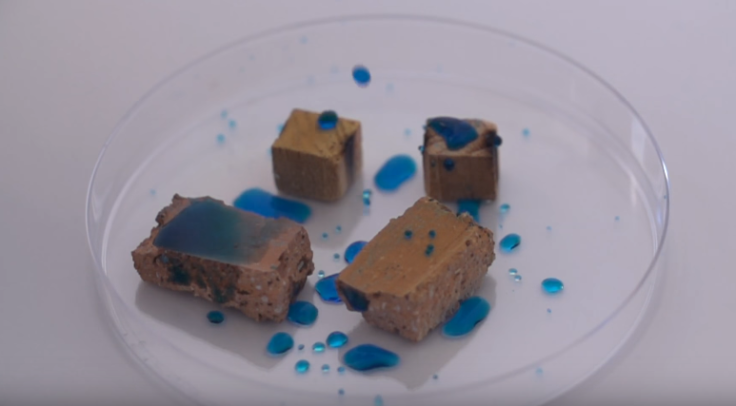Scientists create waterproof wonder material to give your gadgets super powers
Australian National University finds nanoparticle breakthrough for next-level waterproofing.
If you have not been able to bag an iPhone 7 or are still looking jealously at your friend's dunk-proof Galaxy, do not worry as scientists have created a super-hydrophobic coating that could offer next level water-resistance to gadgets as well as increase safety for aeroplanes and give skyscrapers self-cleaning windows.
The breakthrough, spray-on material, which has been developed at the Australian National University, has a remarkable ability to repel water, thanks to a surface layer of nanoparticles "which water slides off as if it's on a hot barbeque", explained William Wong from the Nanotechnology Research Laboratory at ANU.
The revolutionary coating could transform ordinary household items, such as preventing bathroom mirrors fogging up, to giving a protective layer to our expensive gadgets or even keeping skyscraper windows clean without the need to wash them, says Antonio Tricoli, a professor on the project.
But one interesting application could see the coating used on aeroplane wings to prevent ice forming in cold conditions, something that can have a serious — sometimes fatal — effect on a plane's flight.
"The key innovation is that this transparent coating is able to stabilise very fragile nanomaterials resulting in ultra-durable nanotextures with numerous real-world applications," said Tricoli.

While super-hydrophobic sprays are currently available to buy, used by consumers to add water-resistance to everything from footwear, clothing, or car seats these are known to wear off over time. The researchers of this new spray, however, claim a new method that will see a more robust coating by combining two plastics — one flexible, one tough.
"It's like two interwoven fishing nets, made of different materials," said Wong.
The translucent coating can be produced using two methods — both of which are cheaper than current hydrophobic processes — and will also be resistant to ultraviolet radiation, making it a bit of a multi-purpose wonder material.
The team is also working on employing similar techniques for anti-corrosive, oil-repellent or even self-cleaning materials.
© Copyright IBTimes 2025. All rights reserved.






















